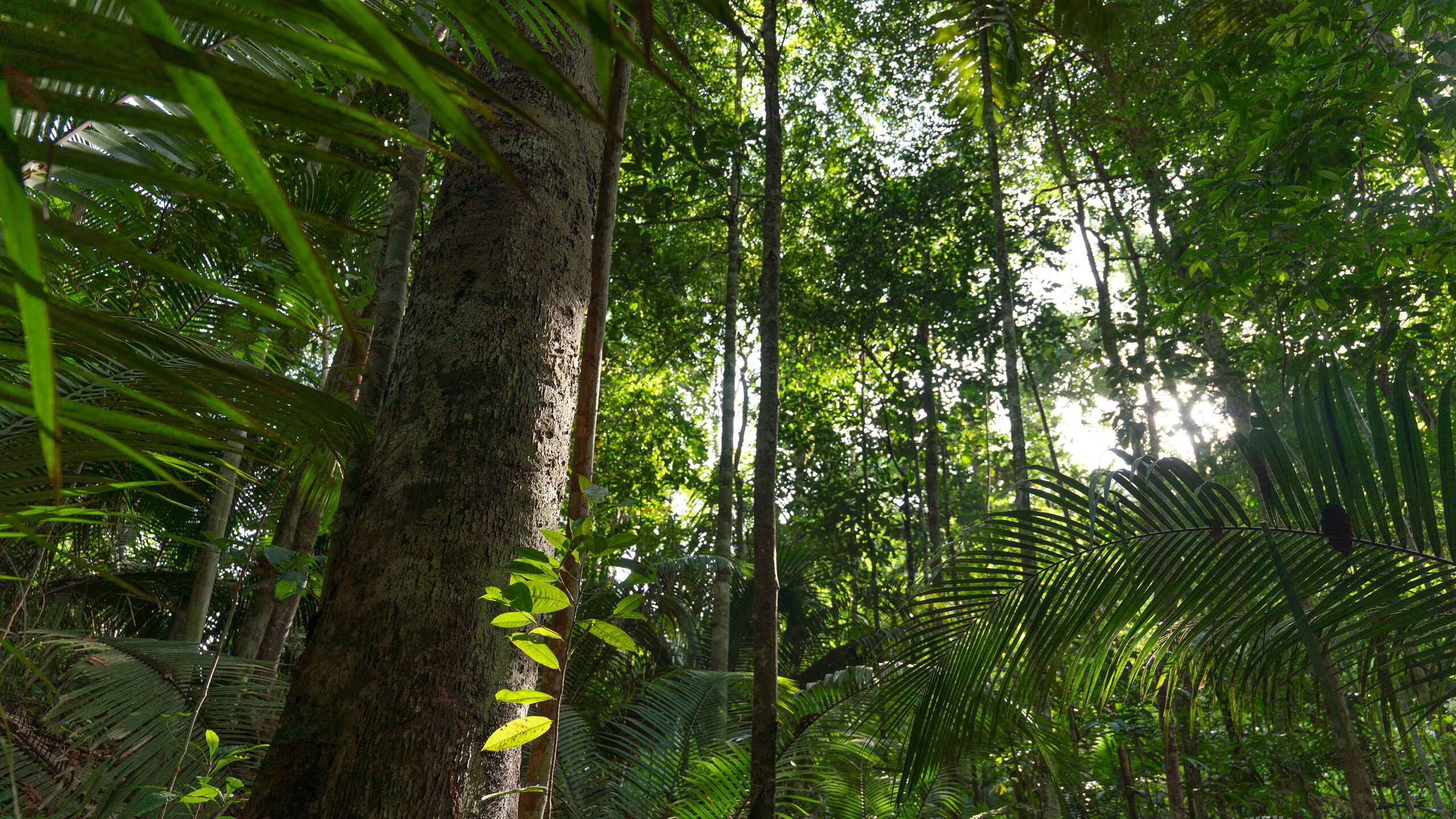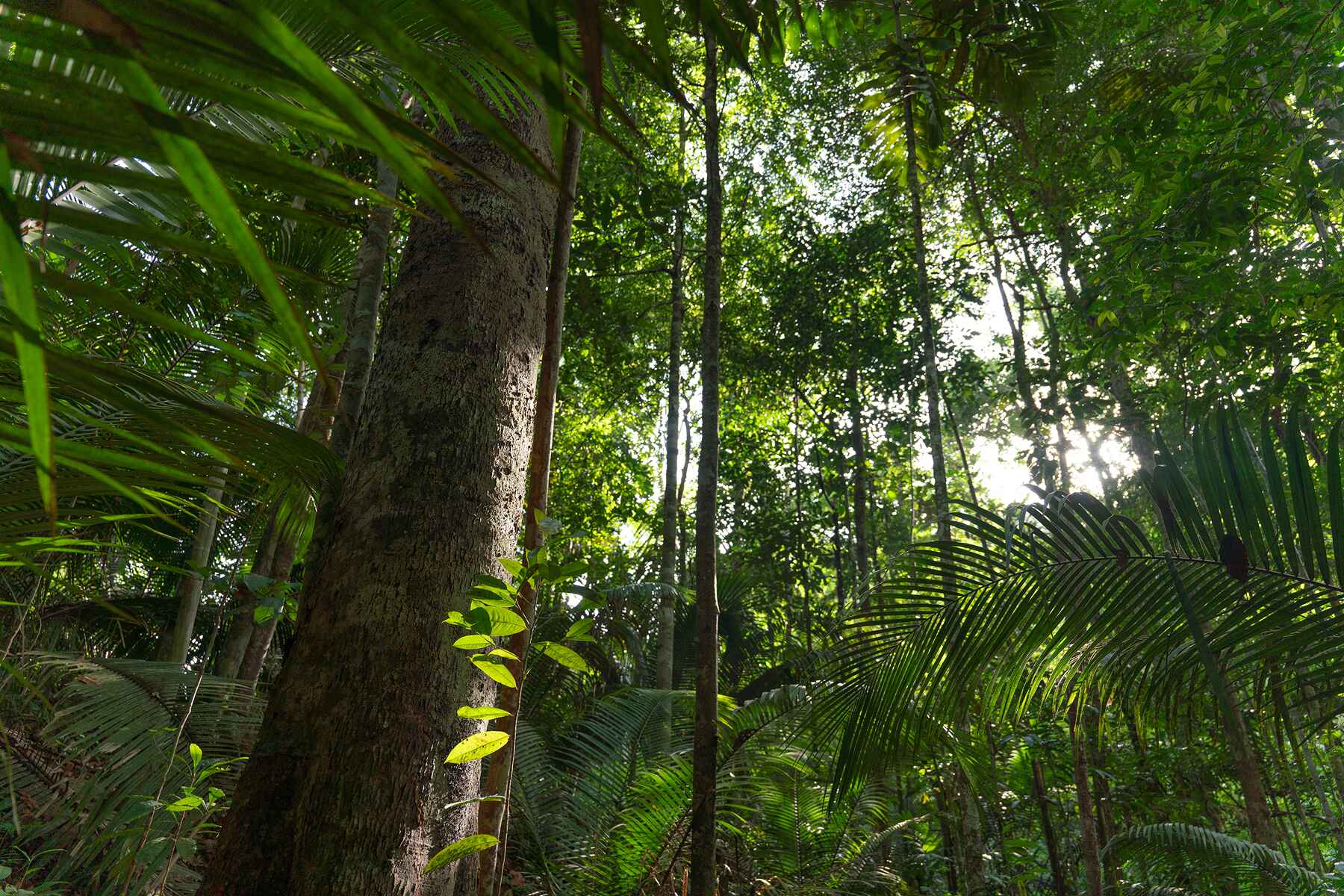Reforestation In the
Peru
With mountains, coastal hills, rainforests, dry forests, wetlands and moors, Peru’s topography is as diverse as it is beautiful. Nearly half of the country is covered by the Amazon Rainforest, along with the second highest mountain range in the world, the Andes — home to species like llamas, alpacas, and vicuñas. On the country’s Pacific coast is a coastal desert, home to the natural wonder of las lomas: unique “islands” of plant life that are home to many species found nowhere else on earth.
The country’s forests are highly diverse, but are threatened by advancing agriculture, logging and hunting, degradation, deforestation, road construction, and more. As a result, Peru is vulnerable to natural disasters that are amplified by climate change, including floods, droughts, and landslides.

Peru Stats
94%
OF FORESTED AREA
94% of Peru’s forest area is tropical forest.
Peru - Country Profile, Convention on Biological Diversity
73M
HECTARES
73 million hectares of natural forest remain in Peru.
Peru - Country Profile, Convention on Biological Diversity
$250M
REVENUE
Peru’s export of native flora and fauna species generates an average of 250 million dollars in revenue every year.
Peru - Country Profile, Convention on Biological Diversity
Project Highlights
Reforestation in Peru can restore critical watersheds, combat significant deforestation and degradation to increase climate change resilience, restore biodiversity habitat in some of the most biodiverse places on earth, and more. Learn about three projects that plant trees in Peru!

Madre de Dios
The project aims to restore degraded lands within two native communities that are located in the buffer and influence zones of the Tambopata National Reserve. To achieve this, the project will work with farmers from both communities to establish a sustainable agroforestry system that uses cocoa or copoazú as highly productive fruit species, and other tree species around the border of the buffer zone.
High Andes Polylepis Forest
This project is part of a multi-year, multi-partner initiative to restore 1 million hectares of Polylepis ecosystems throughout the high Andes. Polylepis forests are an important part of South America’s water system, including the Amazon basin. Spread across 5 countries, this project supports a network of local communities who are working in conjunction towards the common goal of preserving and restoring this critical landscape.


Forest Recovery with Agroforestry Systems in the Amazon
This multi-year project aims to benefit 1,500 families through sustainable agroforestry and forest management, starting by planting trees in four native communities in Huánuco and Loreto. These regions, selected for their ecological importance and urgent need for restoration, will see coordinated efforts with indigenous organizations, ensuring respect for traditional governance. The project’s core focus is to restore soil and forest health by implementing cacao agroforestry systems, which will provide sustainable income for families while enhancing biodiversity and creating vital wildlife corridors.


